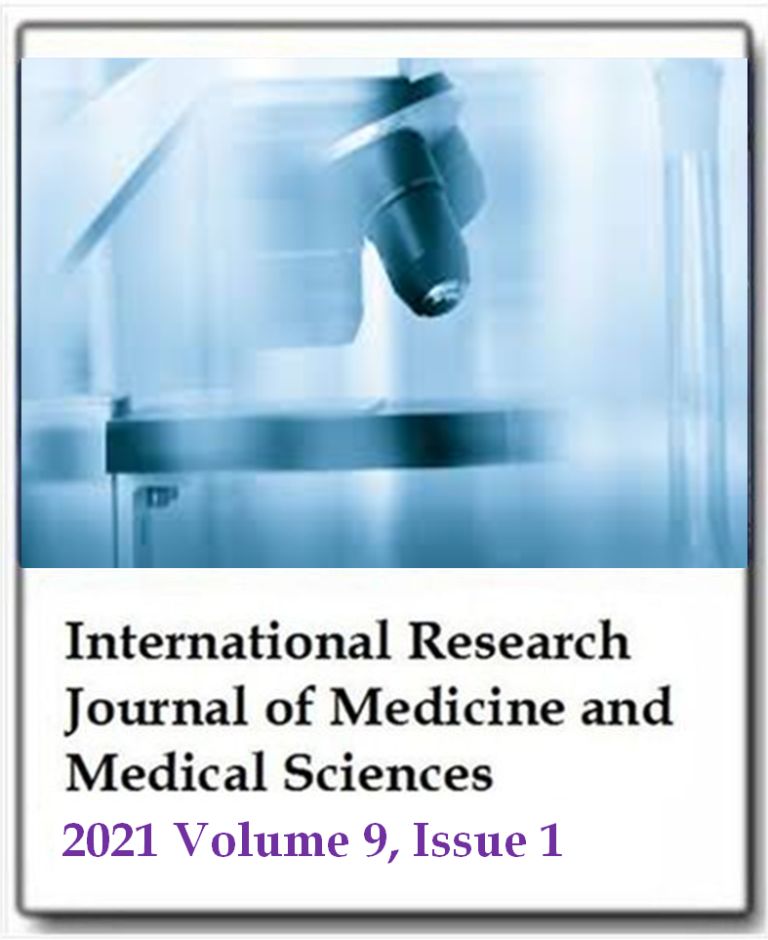p16 immunostaining can avoid overdiagnosis in postmenopausal cervical cytology
Yutaka Tsutsumi, Kazuya Shiogama, Ken Sakurai, Toru Arase and Hideharu DomotoInternational Research Journal of Medicine and Medical Sciences
Published: January 14 2021
Volume 9, Issue 1
Pages 1-8
DOI: https://doi.org/10.30918/IRJMMS.91.20.056
Abstract
Senile (atrophic) colpitis is microscopically characterized by the predominance of parabasal squamous cells and the paucity of superficial cells. The activated parabasal cells or dyskeratotic superficial cells may be confused with squamous intraepithelial lesion (SIL) in the routine cytology practice. A total of 29 cervical cytology specimens diagnosed as atypical squamous cells (ASC) or SIL were retrospectively sampled from 24 postmenopausal women (age range: 56–84 years, mean: 65.5, median: 65). Cytological diagnoses in the routine services included ASC-US 20, ASC-H 2, LSIL 4 and HSIL 3. All the specimens showed an atrophic background (senile colpitis). There were two microscopic patterns of senile colpitis with atypia: 1) parabasal cells were clustered (n = 23) and 2) dyskeratotic superficial cells were seen in a highly inflamed background (n = 6). Immunostaining for p16-INK4a (p16 in short) was performed, after the cells were transferred to trimethoxy[3-(phenylamino)propyl]silane-coated glass slides. Only three of the 29 cytology specimens (two of the 24 cases) judged as HSIL cytologically revealed p16 positivity in clustered atypical parabasal cells. Biopsy was performed in 11 cases, and chronic cervicitis without p16 expression was seen in nine. Two lesions showed p16-positive dysplasia (one mild dysplasia and another moderate dysplasia). In one lesion in an 84 year-old female, both cytology and histology specimens showed p16 positivity (HSIL). Discrepancy of p16 expression between the cytology and histology specimens was encountered in two lesions, representing sampling errors. It is of note that the overcytodiagnosis is avoidable with the aid of p16 immunostaining.
Keywords: Atypical squamous cells (ASC), cell transfer technique, p16-INK4a, senile colpitis, squamous intraepithelial lesion (SIL).
Full Text PDFThis article is published under the terms of the Creative Commons Attribution License 4.0

